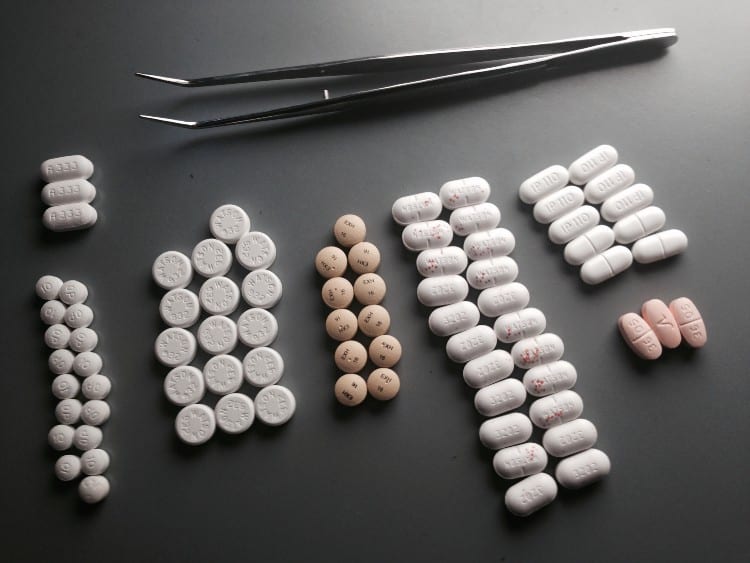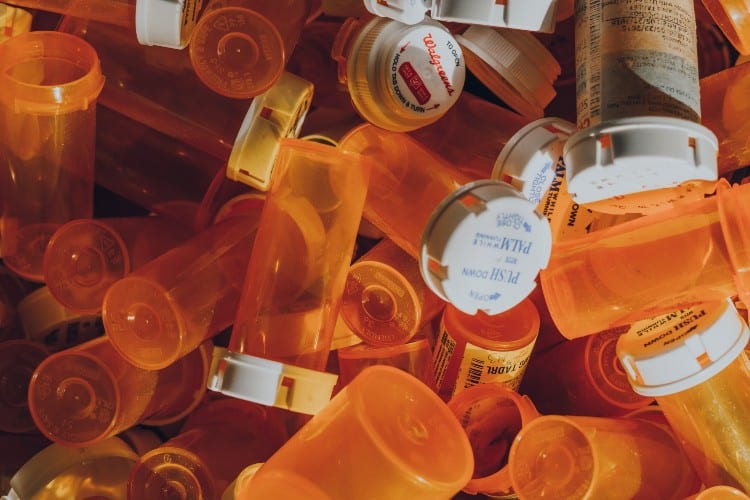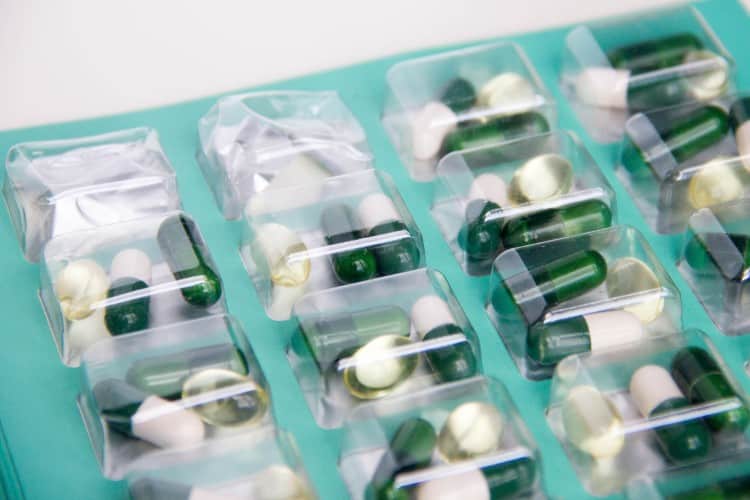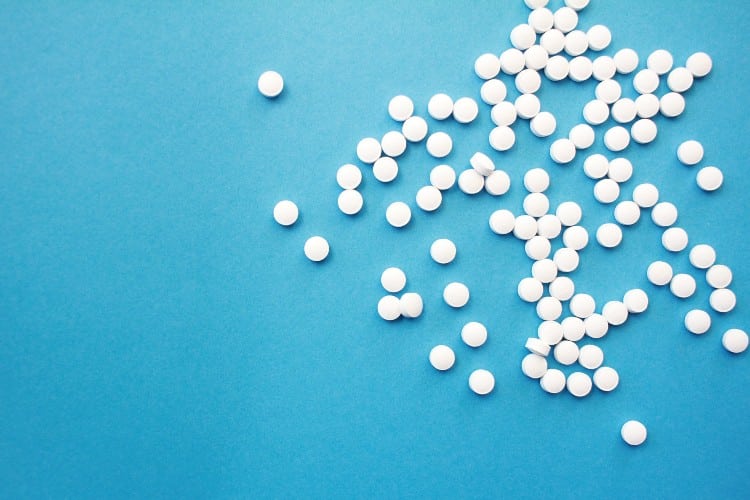You may not have realized it when opioids became the go-to medicine for pain relief, but if it was prescribed to you for help managing your pain, you were at risk of becoming addicted. You may not have realized your drug addiction risk, but big pharma companies did realize it. What’s more, they hid that information from the public at large for years.
It’s hard to argue against facts. The Center for Disease Control and Prevention (CDC) documented that between 1999 and the late 2000s, sales of opioids quadrupled. While opioid sales were shooting through the roof, overdose deaths rose right along with the increase in sales, which resulted in opioid overdoses quadrupling too.
Since that time, people who start seeking treatment for opioid addiction has gone up 600 percent. Sixty-eight percent of every overdose last year involved an opioid drug. Read on to discover more about how big pharma is claiming they didn’t know how detrimental and dangerous opioid was.
The below information will detail what the government and treatment centers are doing to help those affected by the ongoing opioid addiction epidemic. Court documents contained in the lawsuits against big pharma companies detail how big pharma not only knew about the dangers of opioid addiction, but they covered up the information to almost everyone.

Big Pharma Companies
The big pharma companies involved in the ongoing opioid addiction epidemic reads like the Who’s Who of major pharmaceutical companies. These pharmaceutical companies form a large and powerful group wielding Ivy League attorneys in federal courts like a weapon. The big pharma manufacturer companies involved in litigation include, but aren’t limited to:
- Johnson & Johnson Janssen Pharmaceuticals, Inc.
- Endo Health Solutions
- Teva Pharmaceuticals
- Allergan
- Insys Therapeutics, Inc.
- Purdue Pharma
- Noramco and
- Mallinckrodt
Also listed in court records as litigants are the distributors of opioids, Cardinal Health, McKesson Corporation, and AmerisourceBergen Corporation. What’s even more difficult to read is there are four pharmacies involved in ongoing opioid litigation. The four pharmacies are Rite Aid Corporation, Walmart, Inc., CVS, and Walgreens.
Opioid Treatments
There’s a lot of ways to get addicted to opioids and not many treatments that help you break your addiction. One of the treatments that have some promising results is when Suboxone is used to help the addict deal with opioid withdrawal symptoms. It’s only by being in a treatment center that opioid withdrawal with the help of Suboxone should ever be attempted.
Sometimes treatment centers try Sublocade to help treat opioid addictions. Sublocade is different than Suboxone in both its ingredients and how you take the drug. Suboxone is taken in pill form and is made up of buprenorphine and naloxone.
Sublocade is taken by injection once a month, and it’s made up of only buprenorphine. You can’t start Sublocade unless you’ve been in treatment at least seven consecutive days and taken Suboxone. After you begin the Sublocade monthly injections it can become a helpful maintenance treatment to stay free of opioid addiction.
Opioid addiction is a grueling addiction, and its withdrawal is not easy to go through. Big pharma companies play a key role in their detrimental contribution to the opioid crisis that continues to grow in the United States at alarming rates. The good news is some exemplary treatment centers, as well as the federal government, are forging a new path in the treatment of opioid addiction.

Big Pharma Companies Public Relation Operations
The game plan big pharma seems to have implemented in dealing with the opioid epidemic nightmare is to attempt to disentangle themselves from taking responsibility. Big pharma continues to deny responsibility even while paying massive money settlements to opioid addiction litigants. Big pharma seems to be betting on dispersing their responsibility both far and wide.
Big pharma’s trying to distance themselves from the opioid epidemic so much it’s thought that their intent is by throwing enough mud at anybody or anything, enough mud will stick to dilute their connection. After all, if you keep blaming everyone and everything for the opioid epidemic, there’s no one industry, company, or entity to blame.
What’s the Government Doing to Fight The Opioid Epidemic?
The opioid epidemic crisis has ignited a flame under the CDC and the U.S. Department of Health and Human Services (HHS). These government agencies are focusing their attention and efforts on five major opioid fighting platforms. They are:
- Promote overdose-reversing drugs and follow their impact.
- Help those caught in the opioid addiction epidemic access treatment and recovery services.
- Support any cutting edge research on how pain and addiction sometimes work hand-in-hand.
- Advance better pain management practices.
- Provide stronger and better public health surveillance so the epidemic can be better understood.
Once the above opioid epidemic platforms were launched, the National Institutes of Health (NIH) decided they needed to meet with big pharma companies.

The Meeting Between NIH and Big Pharma Companies
To be proactive, NIH decided to meet with big pharma, other pharmaceutical companies as well as academic research centers to go over clear objectives. These objectives were to help determine how best the opioid epidemic could be addressed to maximize societal and individual benefits. During this 2018 meeting, it was determined that there were new and innovative medication and technologies that could be used to fight back against opioid addiction.
It’s vital that when determining which innovative medication and technologies need to include improved overdose prevention. Overdose prevention should include reversal interventions to help save lives and support recovery efforts. Another important objective for the near future is to find a non-addictive strategy to manage chronic pain.
The Four Pillars of a Healthy Future
Now you know what big pharma companies unleashed with the opioid epidemic. But there are four pillars used in successful treatment for those addicted to opioids and other substances. The pillars are based on the foundation of recovery, being rooted in a lifestyle that has healthy and sustainable habits.
The four pillars for the most sustainable and healthy self are in exercise, nutrition, community, and education. When you’re ready to move forward and find a way that not only teaches you the tools you need to recover from addiction but walks with you on the path until you can walk it by yourself, reach out to us today. Most of the time you can’t cure yourself of opioid addiction.
But you can go to one of the best treatment centers available. It’s through the dynamic and effective programs at Health Life Recovery you give yourself or someone you love, their best chance at a healthy future. Sometimes it’s the only chance of having a future at all, so don’t wait to call!
Call Now
We're Here To Help!
Location
4747 Mission Blvd, Suite #6
San Diego, CA 92109






